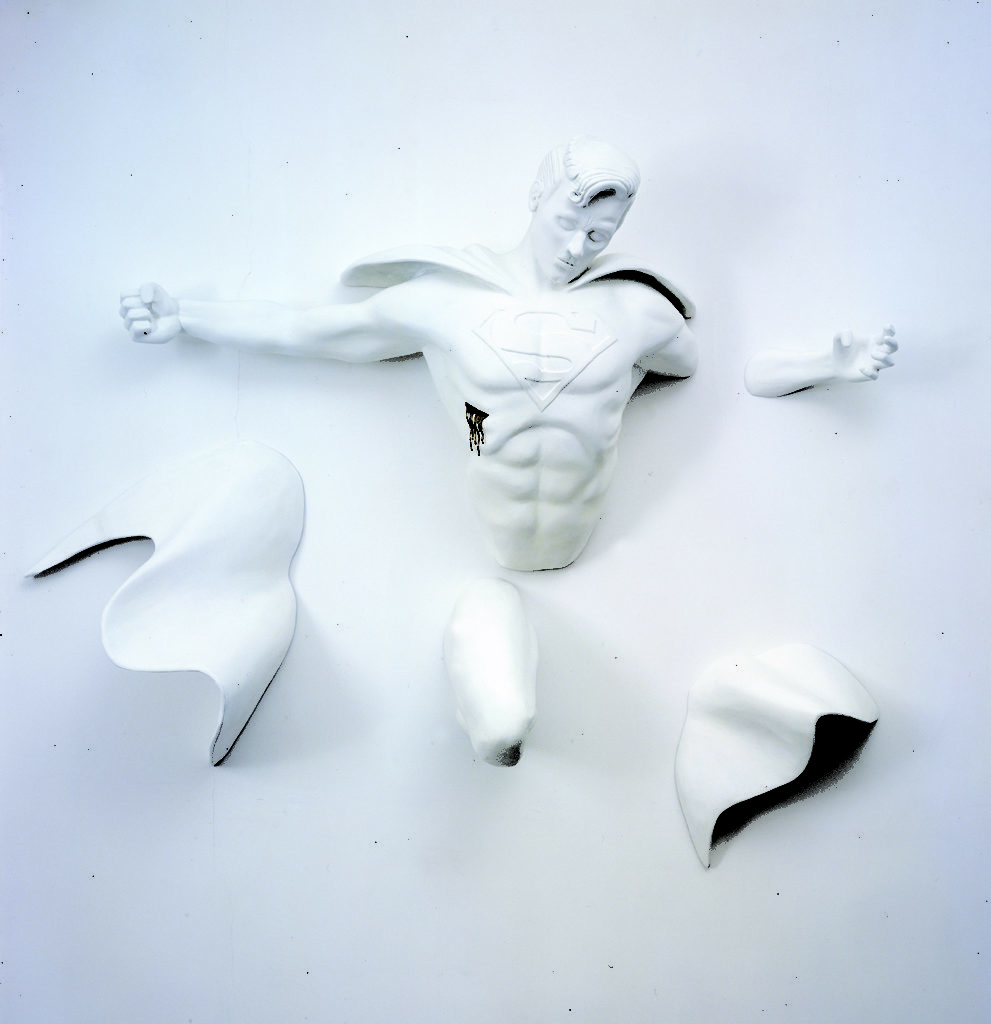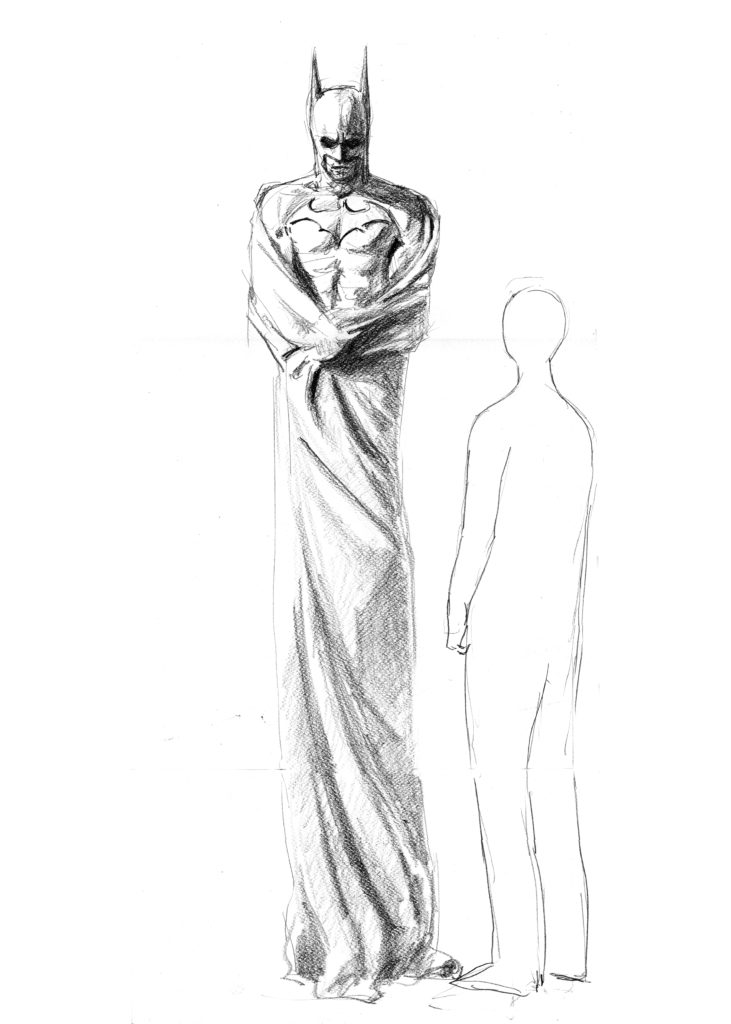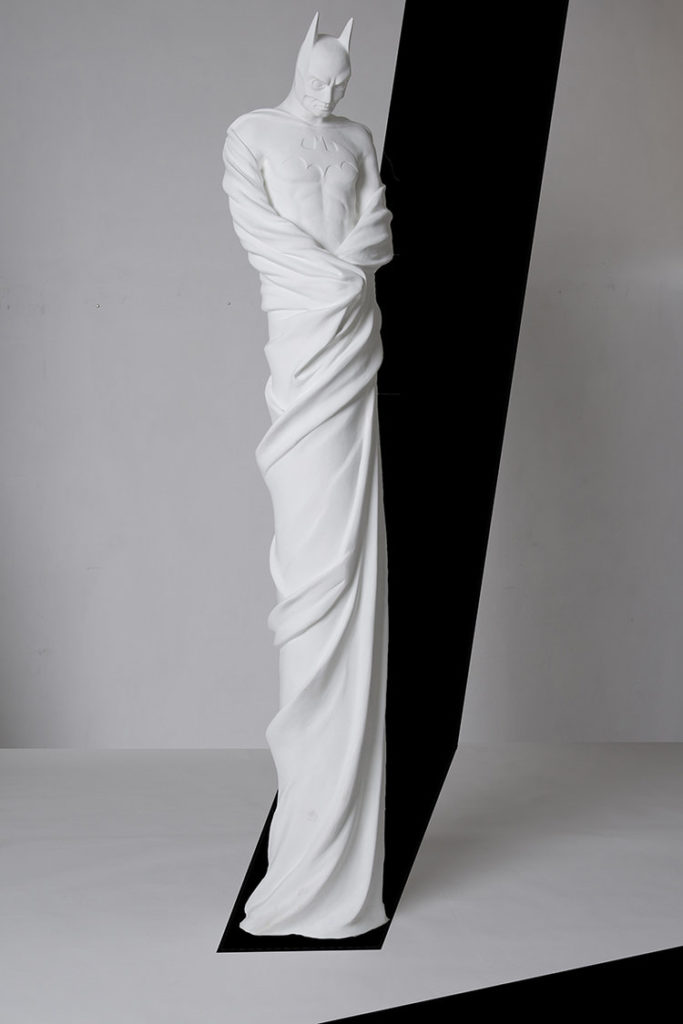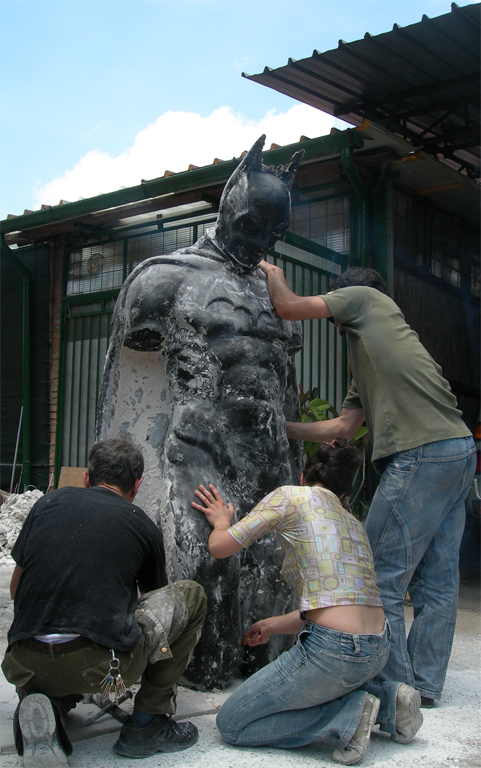
Adrian Tranquilli is a visual artist who was born in Melbourne, Australia and is based in Rome, Italy. Adrian produces powerful works derived from pop culture and presents them in a style reminiscent of the classical sculptures his works are often exhibited alongside.

Where did you spend lockdown?
I am based in Rome, so when Italian government announced measures of lockdown on 8th of March, I understood that I will have to remain in Rome, postpone all my shows, slow-down my production and wait for the normalisation of the situation. The first impact of news coming from Northern Italy about the number of sick and deceased was really shocking for all of us, and I believed that in situations like this it is very important to be personally responsible and “stay home”. Lockdown lasted several months and finally on 18th of May the government announced the “second phase” – loosening the measures and allowing a major degree of personal mobility.
Did you have access to a studio during this time? If not, how did you continue to create work?
I can consider myself lucky, because I have one studio attached to my home, and that is for me the space for “mental” work – a place to think, draw, work on projects and small scale prototypes. Part of my production is dislocated in various workshops in the outskirts of Rome where I do modelling, casting, or other type of “dirty” work, since I am doing mostly large-scale sculptures using materials like bio-resin and similar. During lockdown I couldn’t reach these workshops and my collaborators there, so I mostly focused on smaller scale productions, experimenting with materials and techniques I haven’t been using before.
Can you talk through your art making process?
Well, I don’t have one specific method – rather, I adapt my production process to the concept I have in mind… sometimes I make sketches by hand, sometimes with a computer, and than work with my collaborators and assistants on the realisation of positive form which will then be cast … but to choose one example, I can describe the process of realisation of “In excelsis” – a series of sculptures which were developed gradually, starting with the work with the model in the studio, realisation of photographs and drawings which then became models for realisation of free standing sculptures…



Did you experiment with any new materials or methodologies?
During the lockdown I was approached by one young company which wants to work with 3D printing… I saw it as an interesting opportunity to try out something that I was interested in anyway. In this extraordinary moment, when we had more time and willingness to engage, it was just perfect to accept their invitation and develop a prototype of a smaller-scale sculpture… For me and my assistants the most interesting part was actually learning to use software for modelling, because until now we always worked with clay or other materials with which we could make real, physical sculptures… combining these two methods, was quite interesting and I am sure I will continue with experiments in this direction…

Given the limitations and restrictions of the last few months, did your art making process change at all? If so, do you think this will continue to change how you will make art going forward?
At the beginning, it was quite something to think that almost the whole world stopped. This notion of global threat, of our fragility, of the possibility to put on hold the production and mobility of millions of people… well, all this was something we didn’t even dream about just a couple of months before…
But on the other hand, we lived in the condition of severe lockdown for only several weeks, so it is not something too disruptive for both, our habits or our working methods… As soon as lockdown was revoked we could see that people embraced their usual lifestyle … and honestly, what is frighting now is this sense of uncertainty about the future, about the possibility to sustain our livelihood, about the economy… especially when you see that art and culture are generally considered as least necessary, not only by majority of the people but also by our government… This economic aspect will certainly impact everything, art-world included…
Did you have any projects during this time that went ahead?
Actually I was supposed to have a huge personal exhibition in March, and naturally, this has been postponed and I think it will happen in March 2021… On the other hand, lockdown triggered a kind of frenzy of on-line content production by museums, galleries, curators… In the beginning I was keen to give some contributions, but after a short while I felt a kind of flooding … too many voices and too many images … I just didn’t want to be part of this huge cacophony which seemed counterproductive… Generally I don’t feel the urge of online uberpresence and continuous self exposure … and in this period I felt it even less…
Do you have any upcoming projects?
As I said, personal show with lot of newly produced works is on the way, along with a book… as well as some new works that I am developing right now… but it is too early to talk about…
All photographs provided by Adrian Tranquilli unless otherwise stated. To see more of Adrian’s work visit his website and Instagram.
